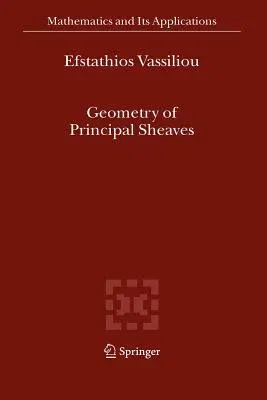Efstathios Vassiliou
(Author)Geometry of Principal SheavesPaperback, 29 January 2011

Qty
1
Turbo
Ships in 2 - 3 days
In Stock
Free Delivery
Cash on Delivery
15 Days
Free Returns
Secure Checkout
Part of Series
Mathematics and Its Applications
Part of Series
Mathematics and Its Applications Mathematics and Its Applica
Part of Series
Mathematics and Its Applications (Closed)
Print Length
444 pages
Language
English
Publisher
Springer
Date Published
29 Jan 2011
ISBN-10
9048168589
ISBN-13
9789048168583
Description
Product Details
Author:
Book Format:
Paperback
Country of Origin:
NL
Date Published:
29 January 2011
Dimensions:
23.39 x
15.6 x
2.36 cm
ISBN-10:
9048168589
ISBN-13:
9789048168583
Language:
English
Location:
Dordrecht
Pages:
444
Publisher:
Series:
Weight:
639.56 gm

